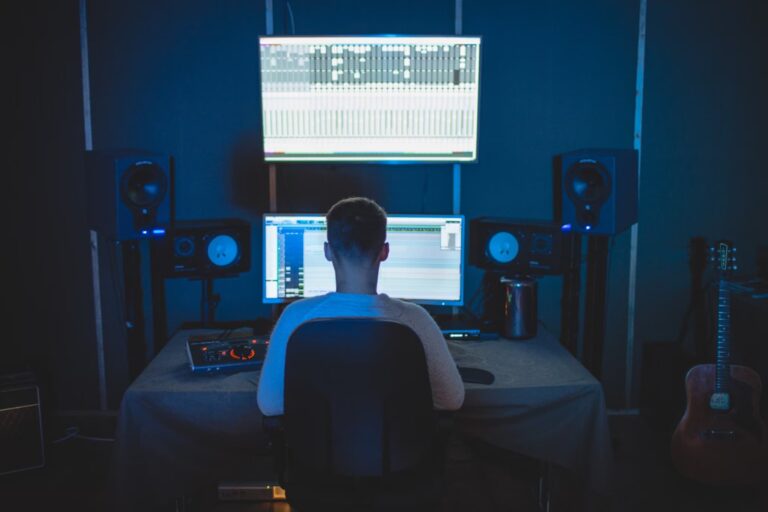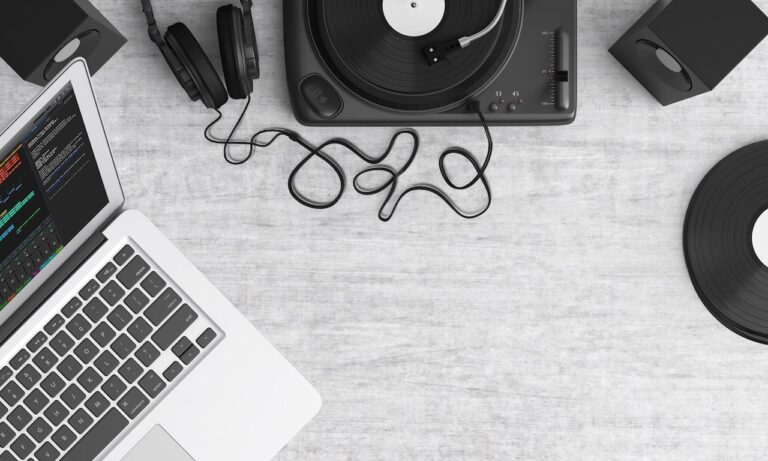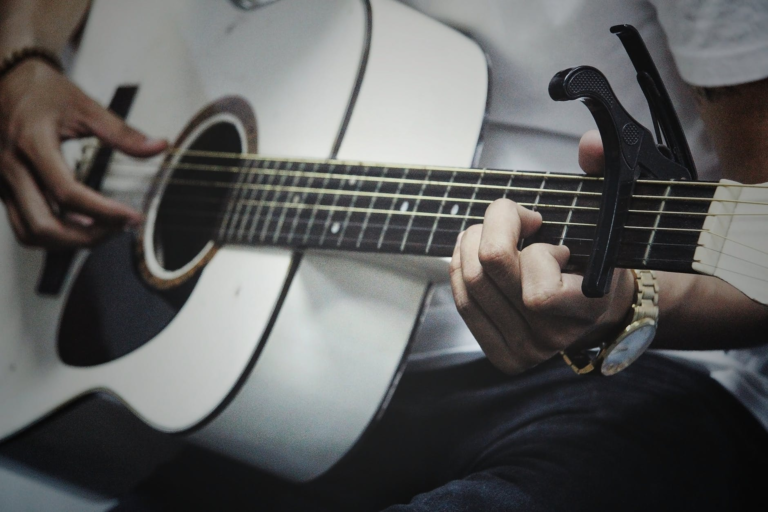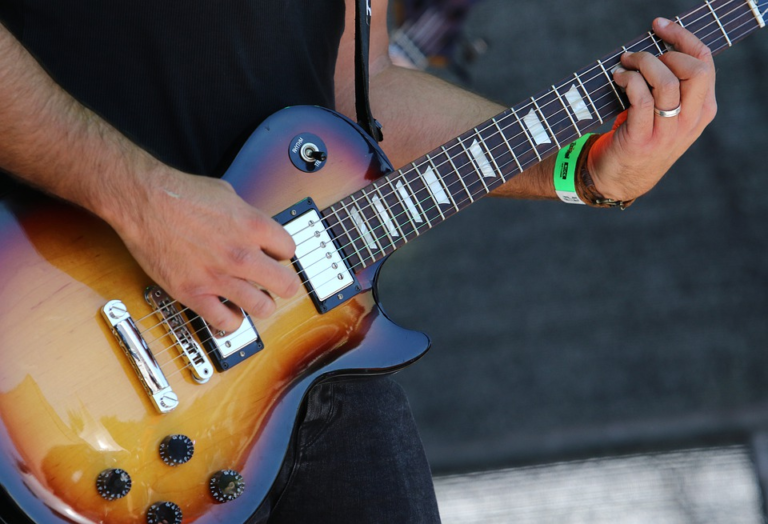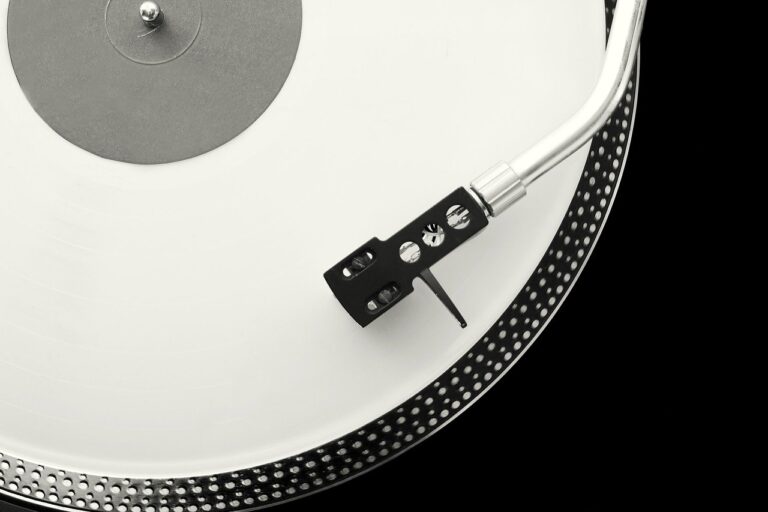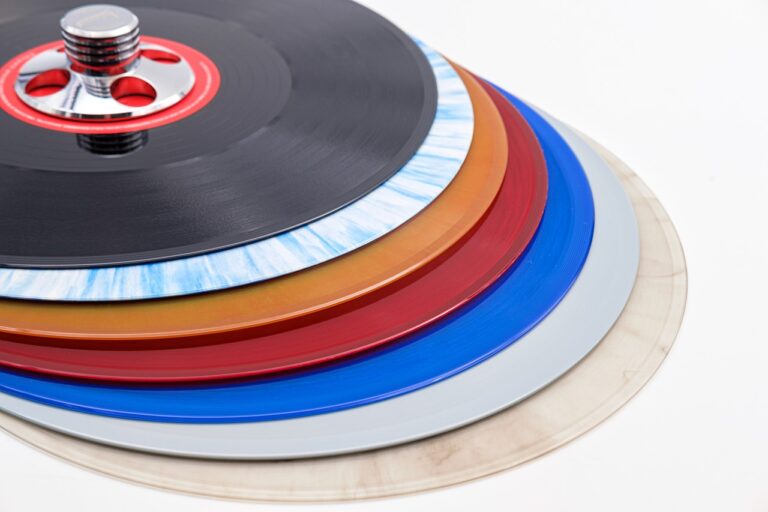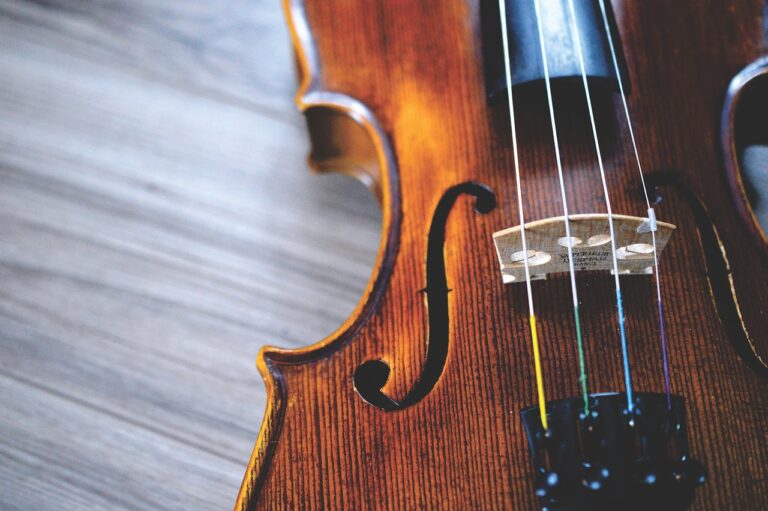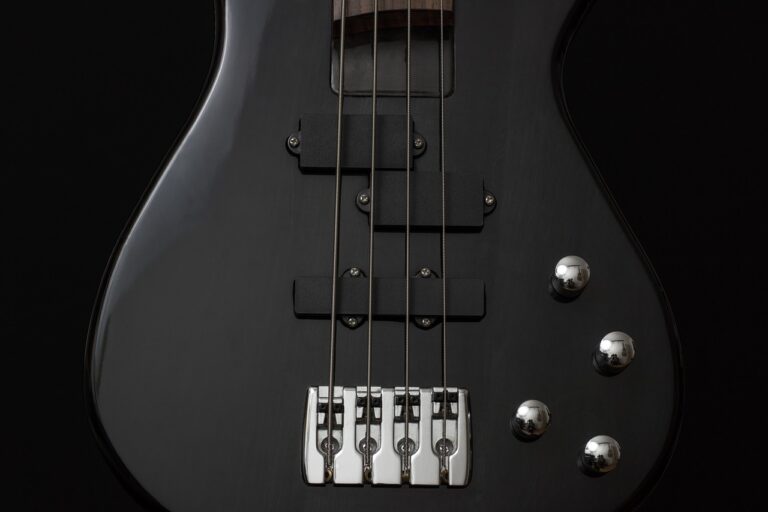If you’re creating or arranging music on a computer, it’s safe to assume that you spend a certain amount of time creating a drum part.
Modern music, for the most part, is built around a rhythm section that is based on drums, either live or electronic. If you use pre-made loops to create a drum section, that’s fine. But if you create a live drum part (simulation) or program electronic parts based on a live drummer (like in D’n’B style), you need to learn how to think like a drummer and an arranger at the same time to sound professional. In this article I will tell about the most common mistakes that immediately catch the eye when listening to the party, both in the mix and on its own track.
Sticking
This concept, which is quite difficult to translate into Russian – refers to the technique of playing the sticks in various combinations and respectively different hands (RLRLL or RLRRLRLL, etc.).
Don’t forget that a drummer plays with different hands and accordingly the sound of each hand stroke is slightly different, both timbre-wise and dynamically. In some modules (for example, Battery) you can load ready samples for right and left hand. In other samplers, this function may work by default – that is, each new beat corresponds to a new hand. This is not very convenient, because sometimes you need to program the trills like RRRLLL, etc. For this, you can use different samples or work with dynamics.
Accents and Articulation
Percussionists, as a rule, use a lot of articulation techniques that ordinary musicians don’t know about.
Paradigms and rudiments (roll, flam, drag) are an essential part of a drum technique and without understanding it you will write games blindly and they will hardly be similar to a real drum part.
So if you want to write realistic drum parts, you should learn all drum rudiments and write them in your sampler.
By the way, the Battery sampler has an option to select basic drum rudiments, which can be very handy.
Quantize or tempo
Often drum parts are written as if they were played by a soulless machine (which is technically true, of course, but our job is to write lively music).
The ideal is of course to play the part manually on a midi keyboard or any other device.
However if there is no such an opportunity, you should pay very close attention to “loosening up” the rhythm. As a rule, the vividness of the drum part and its swing provide subtle deviations from the tempo, which the drummer makes unconsciously, and you should consciously point them out. To do that, it is useful to take a live drummer’s part and try to copy it programmatically based on a sonogram.
What is interesting is that electronic drums also sound much better if you loosen them up a little bit and make them closer to a live performance. This is probably the reason why many hip-hip artists use samples of old drum machines instead of programming new ones.
Ghost notes
Another important element is ghost notes, which can be divided into two categories: Playable notes and resonator notes.
Playable notes are usually all kinds of fractions that complement the rhythm. Or very quiet notes on the hi-hat, etc.
Resonator notes are a more interesting phenomenon. The idea is that when you hit a drum, for example, you get a working and a hi-hat sound. These sounds can be called drum overtones. If you add these overtones when programming drums, the drums sound much livelier and more solid. It is also explained by the auditory features of perception of drums. In fact, we hear a kit as a single instrument – so you need to take this feature into account when programming.
Repeatability
It is mistakenly thought that you can write a 4 beat groove and loop it. In fact, drummers very rarely play the same patterns. There are always small variations that must always be thought through when creating the parts.
Percussion programming is a whole art and an important part of arranging. Learn the drums, your style, and remember to put what you’ve learned into practice.

